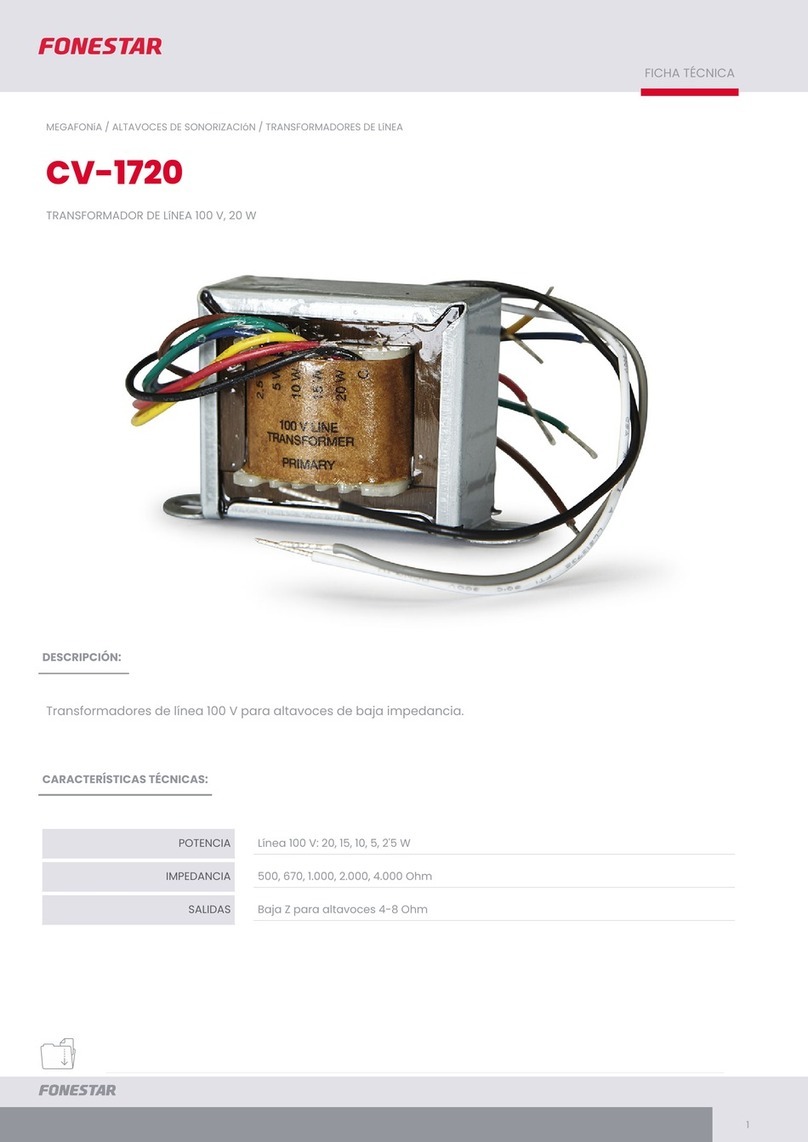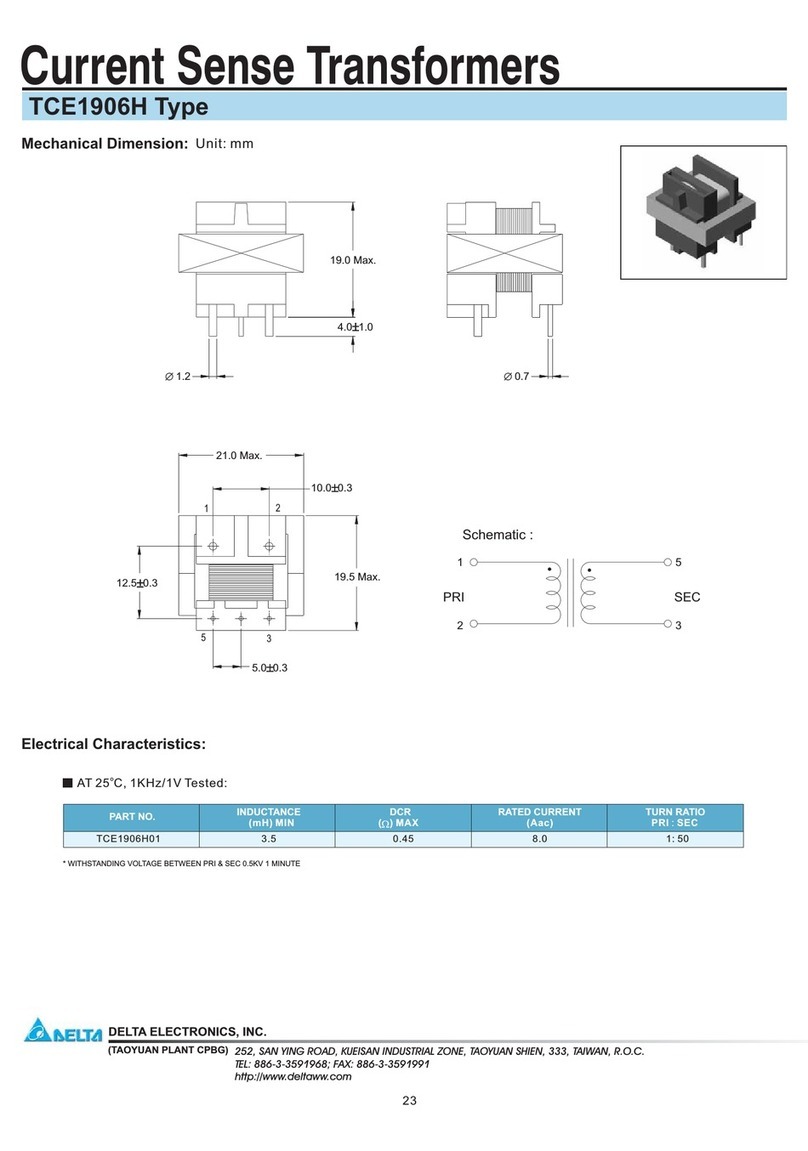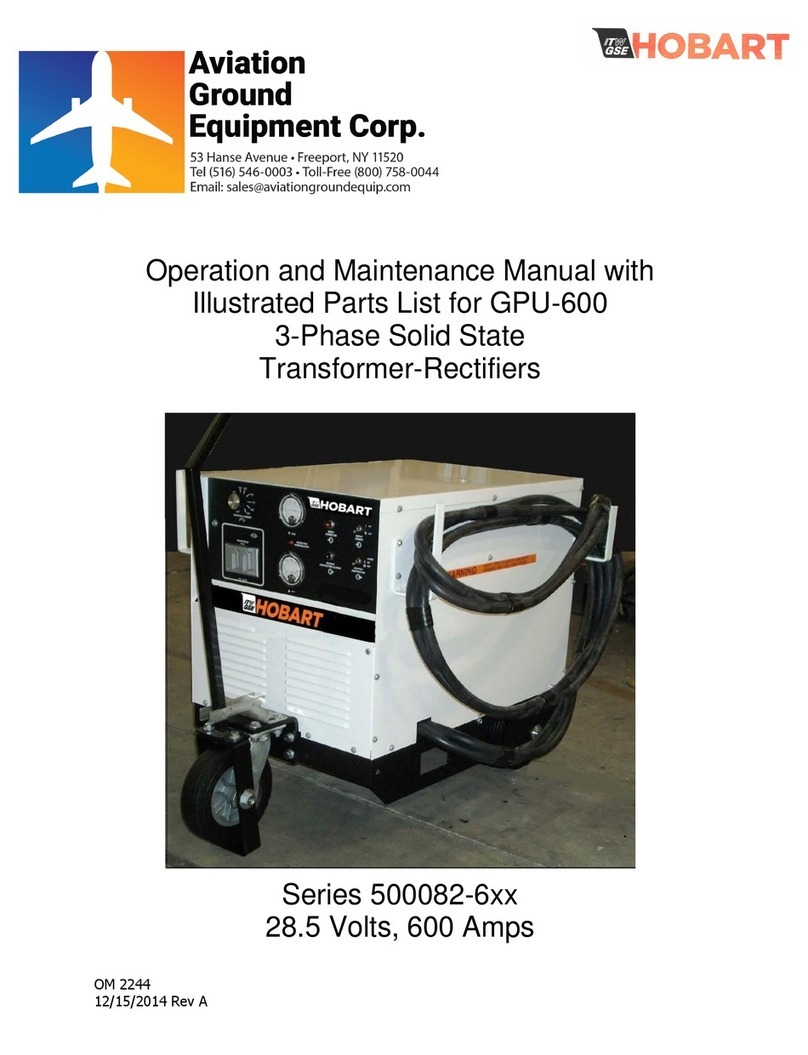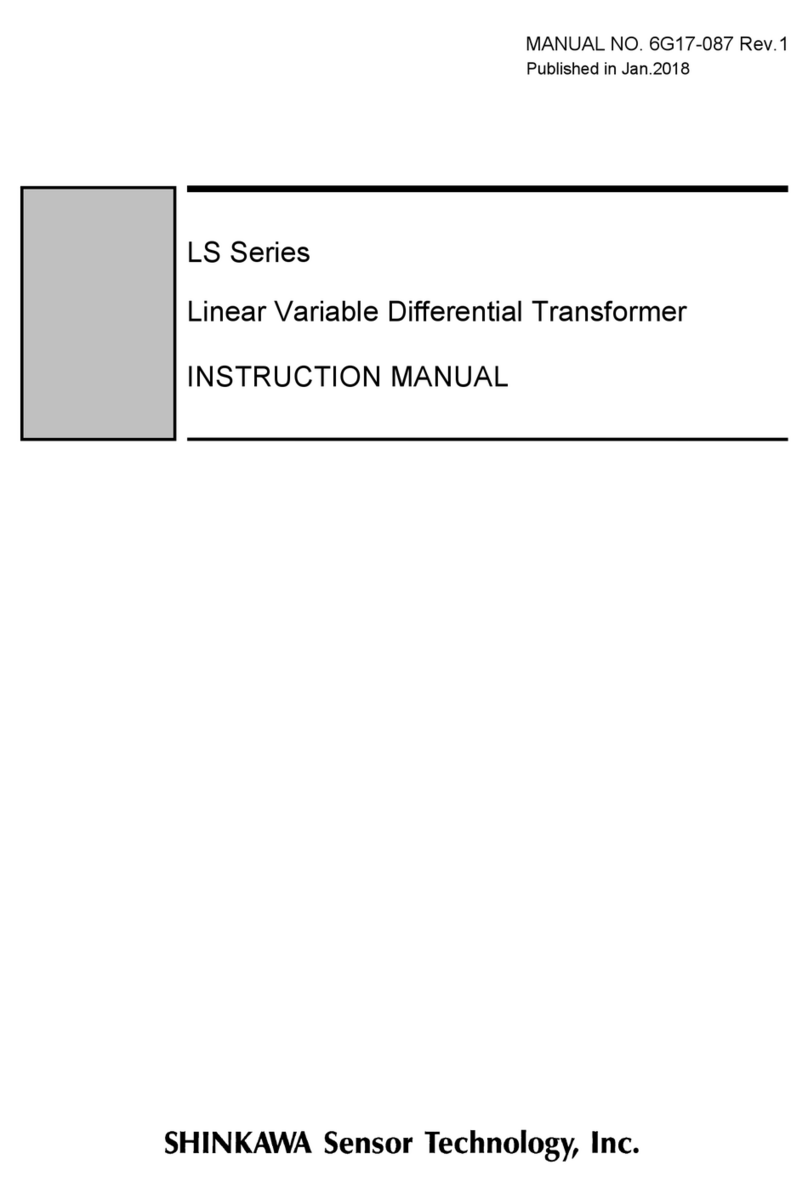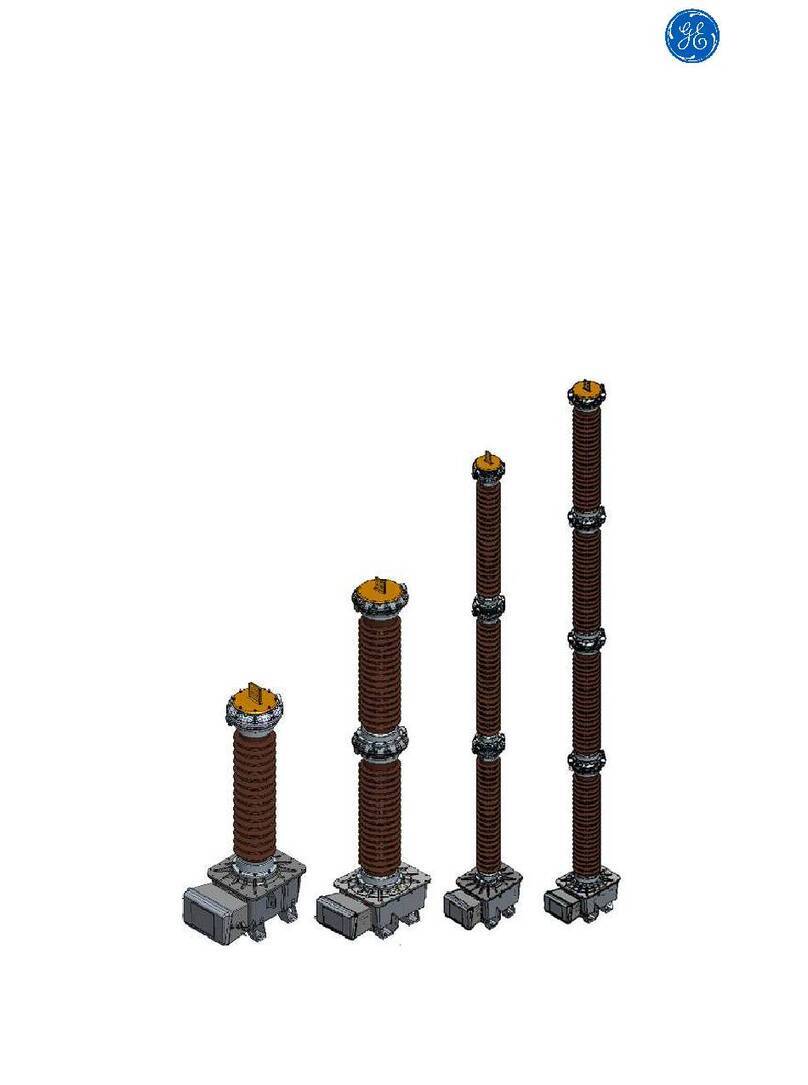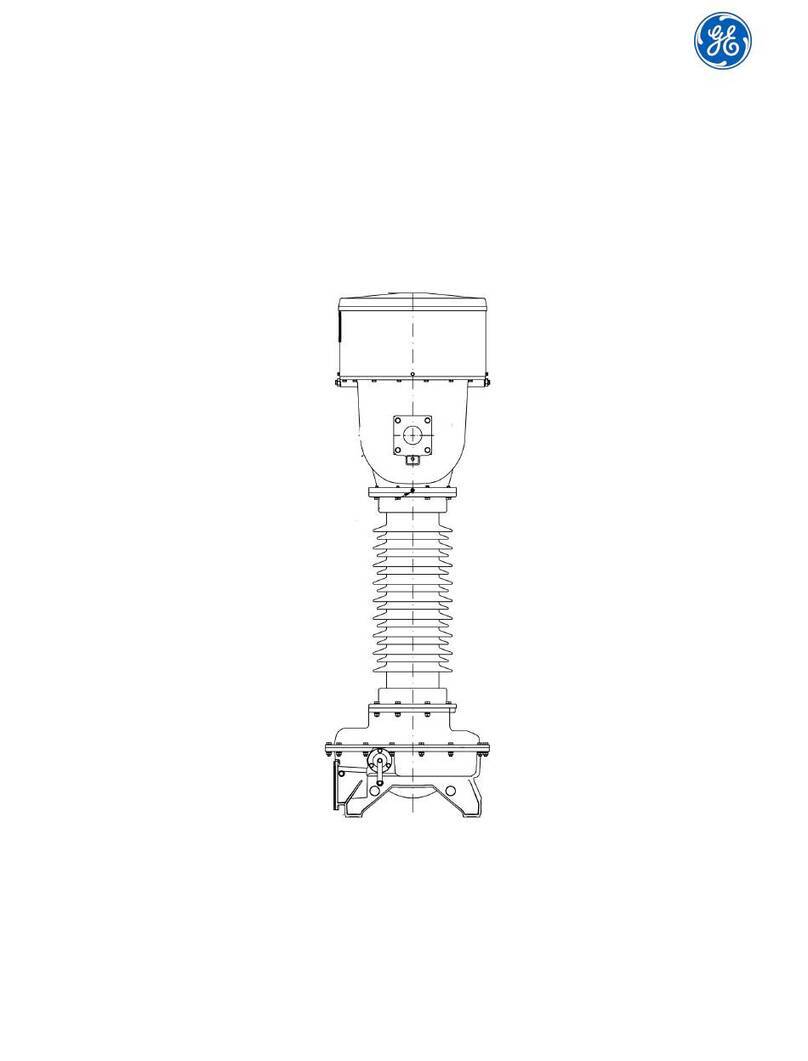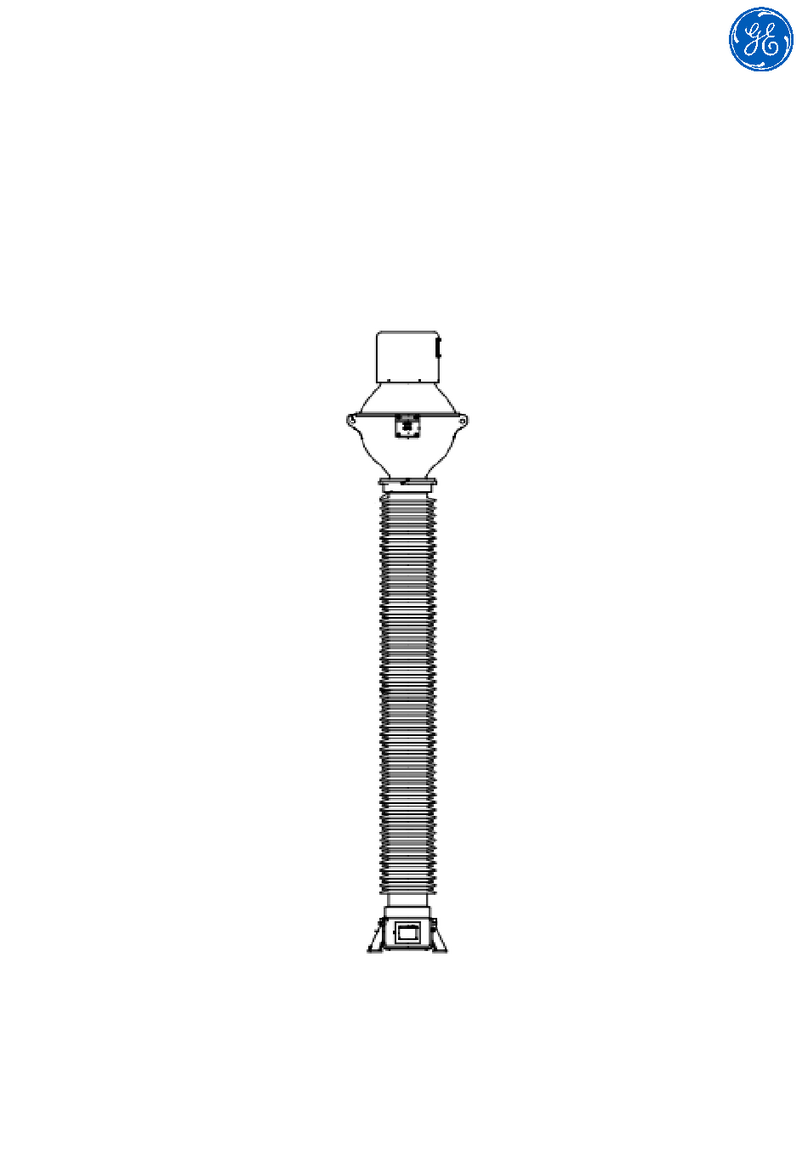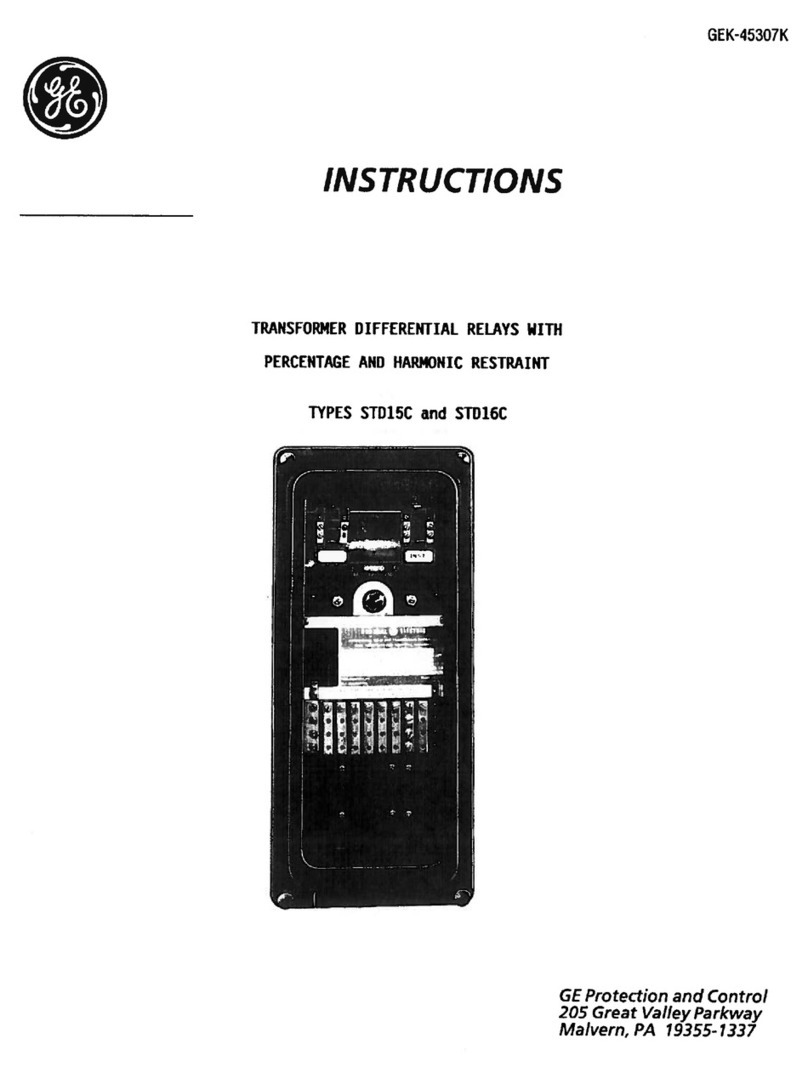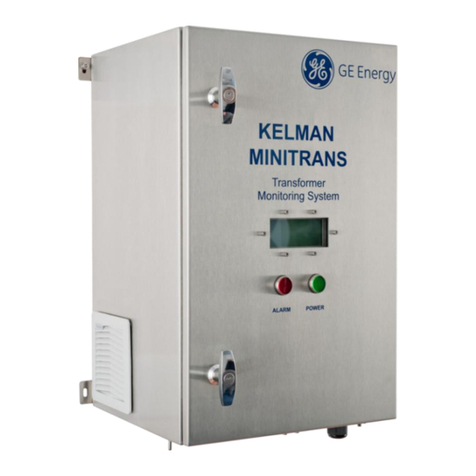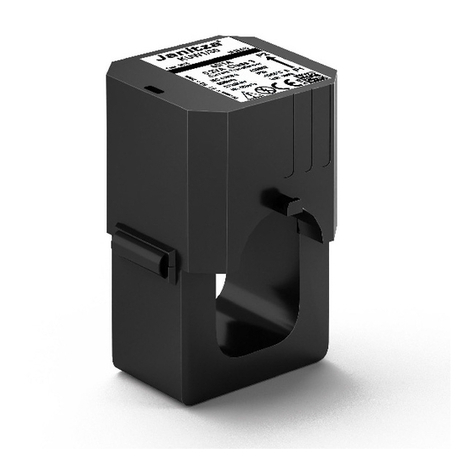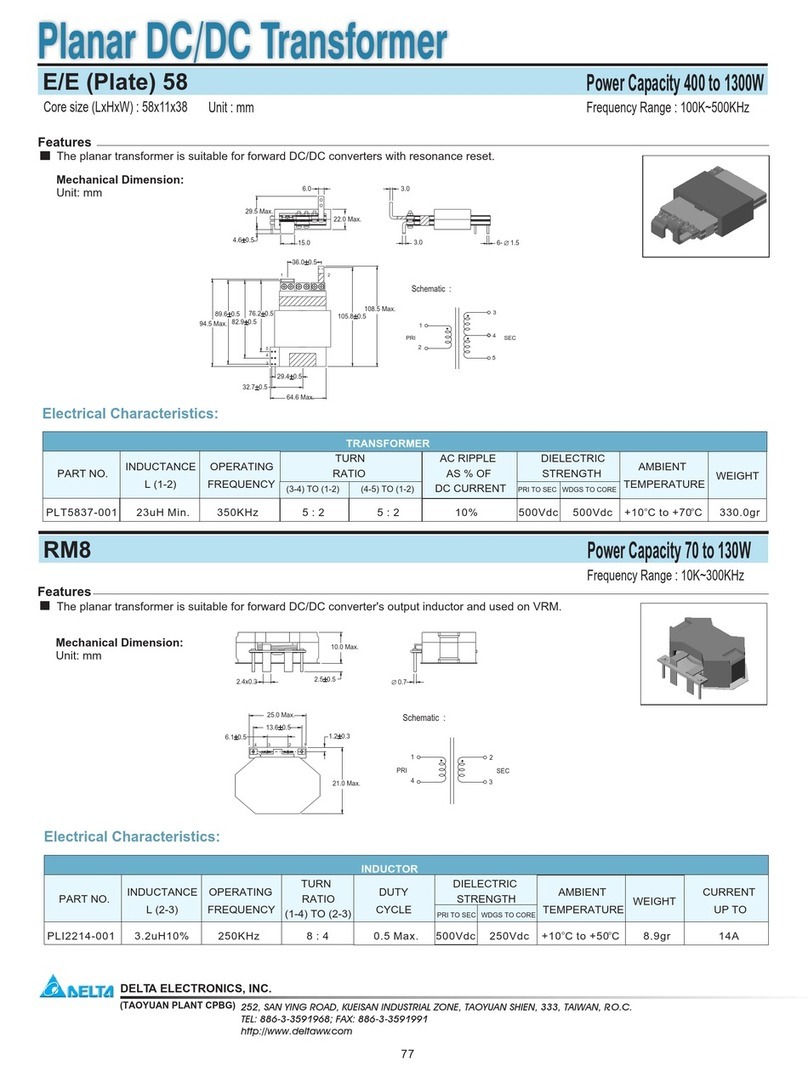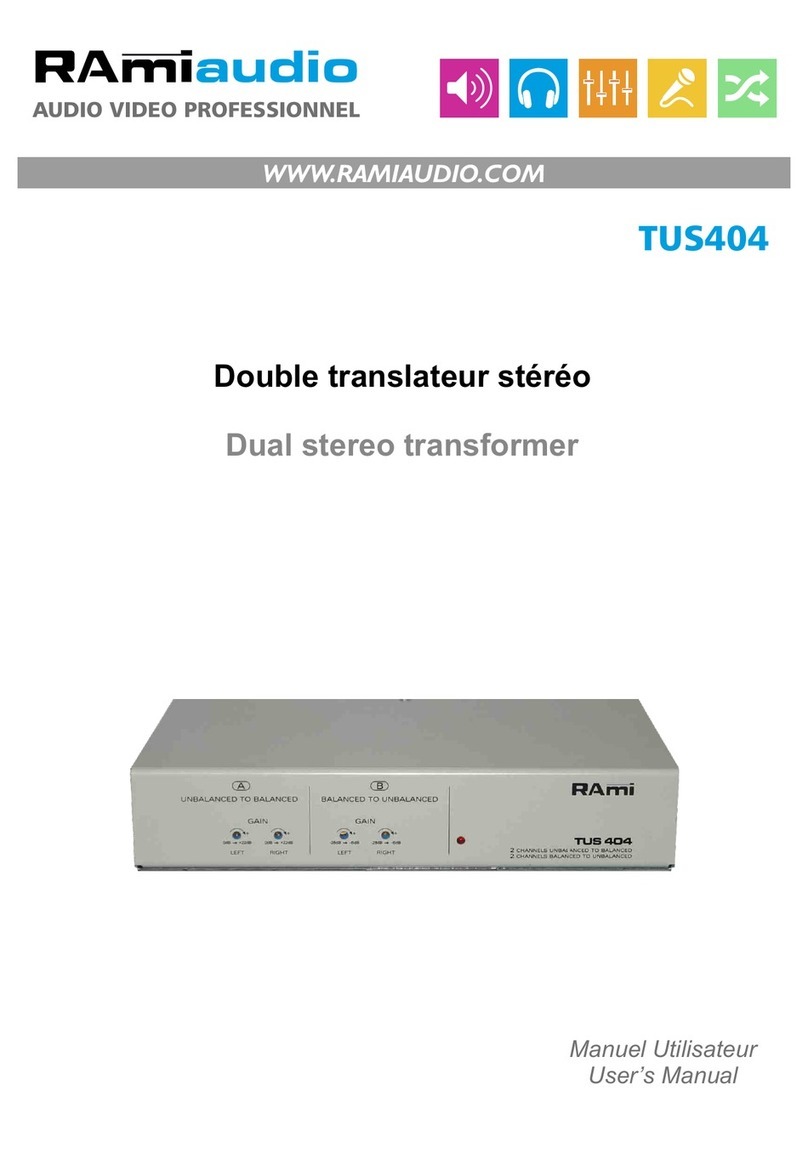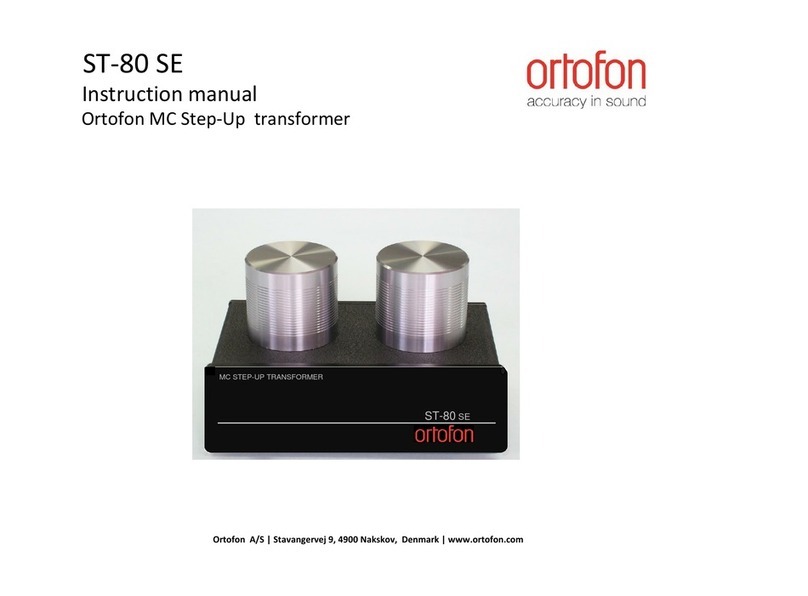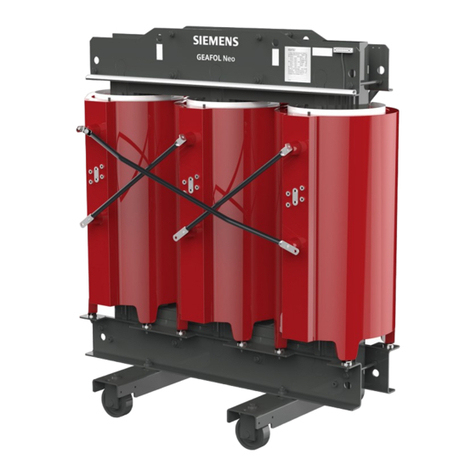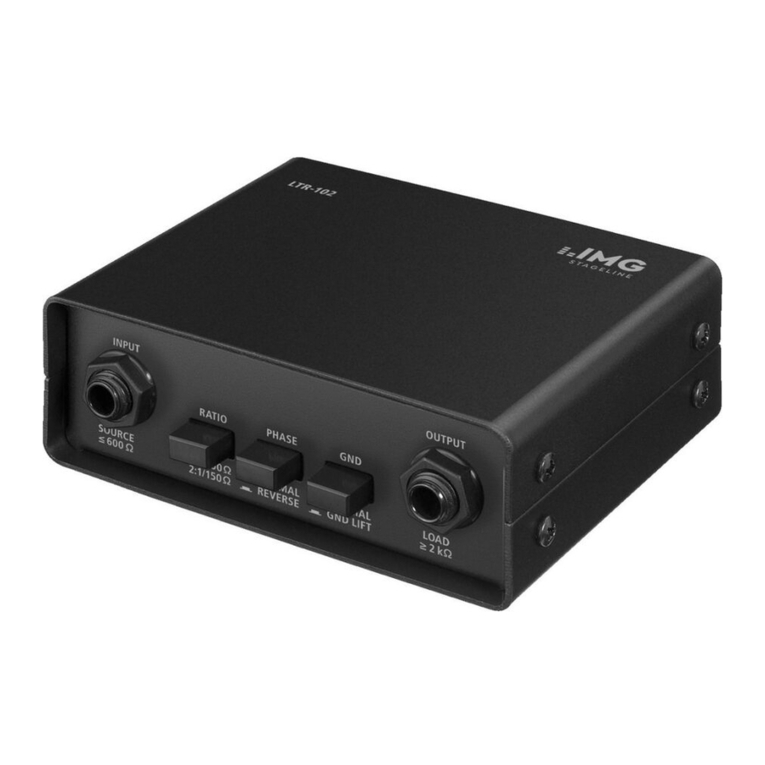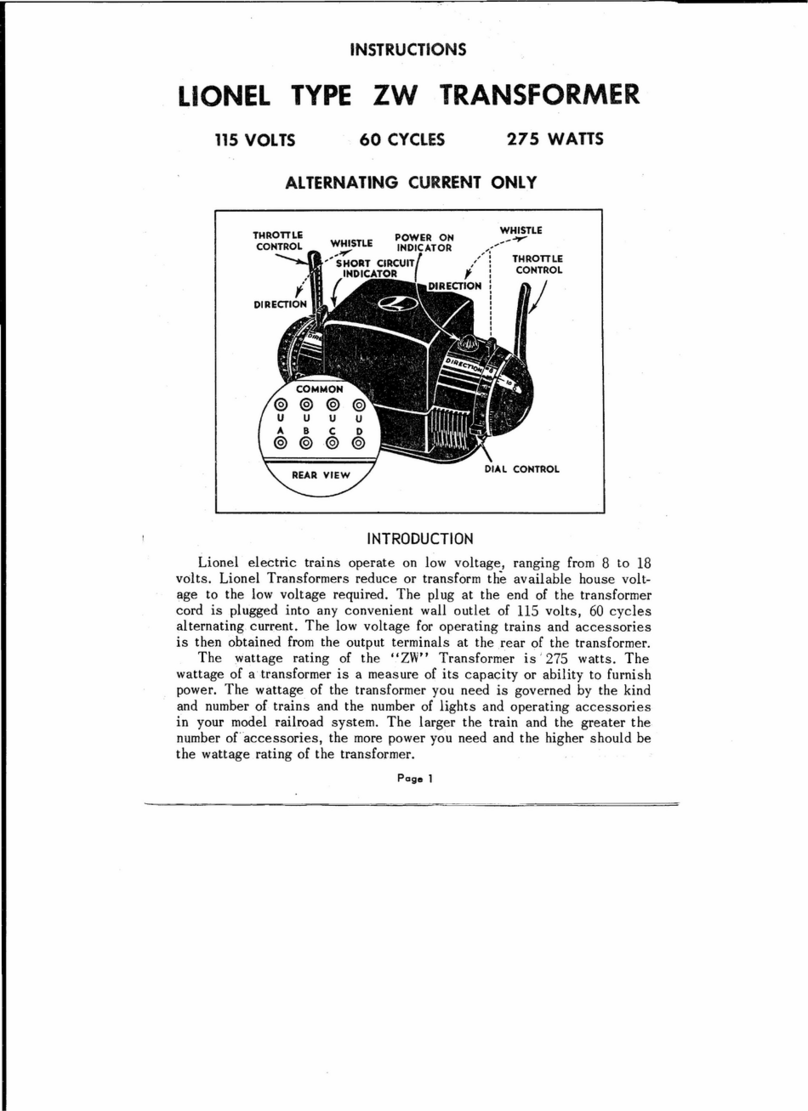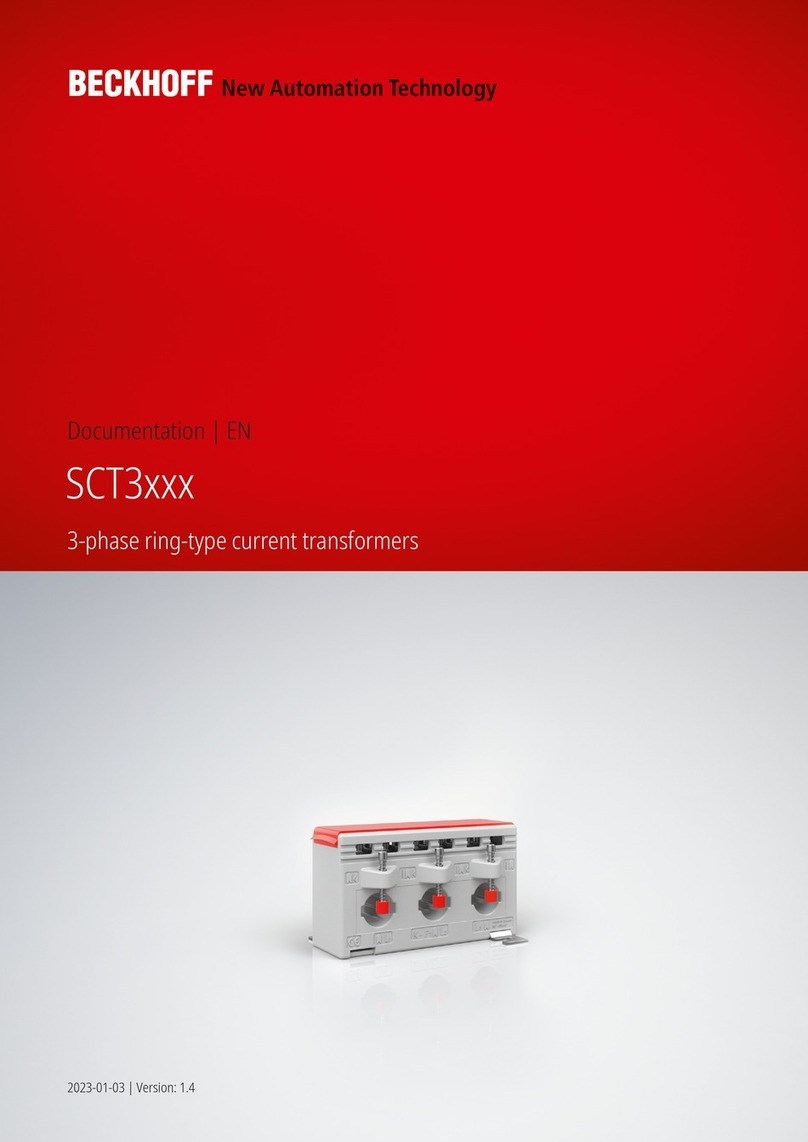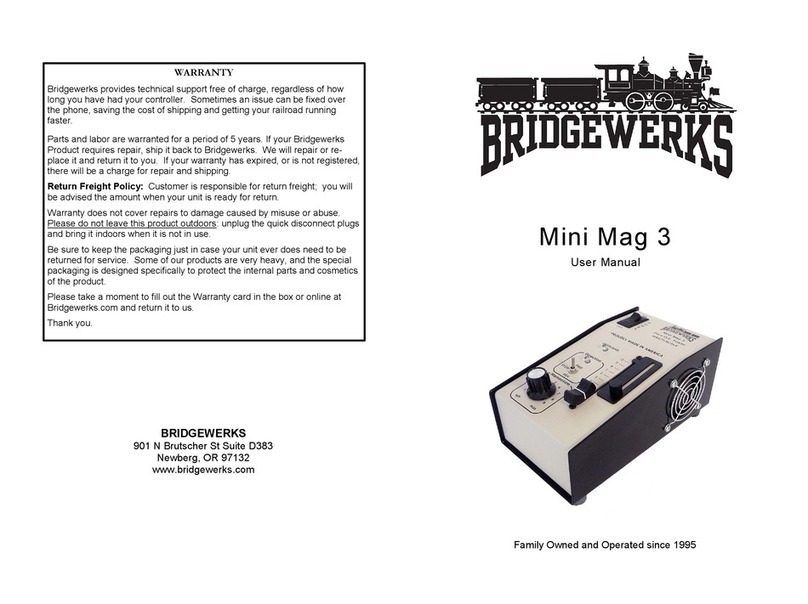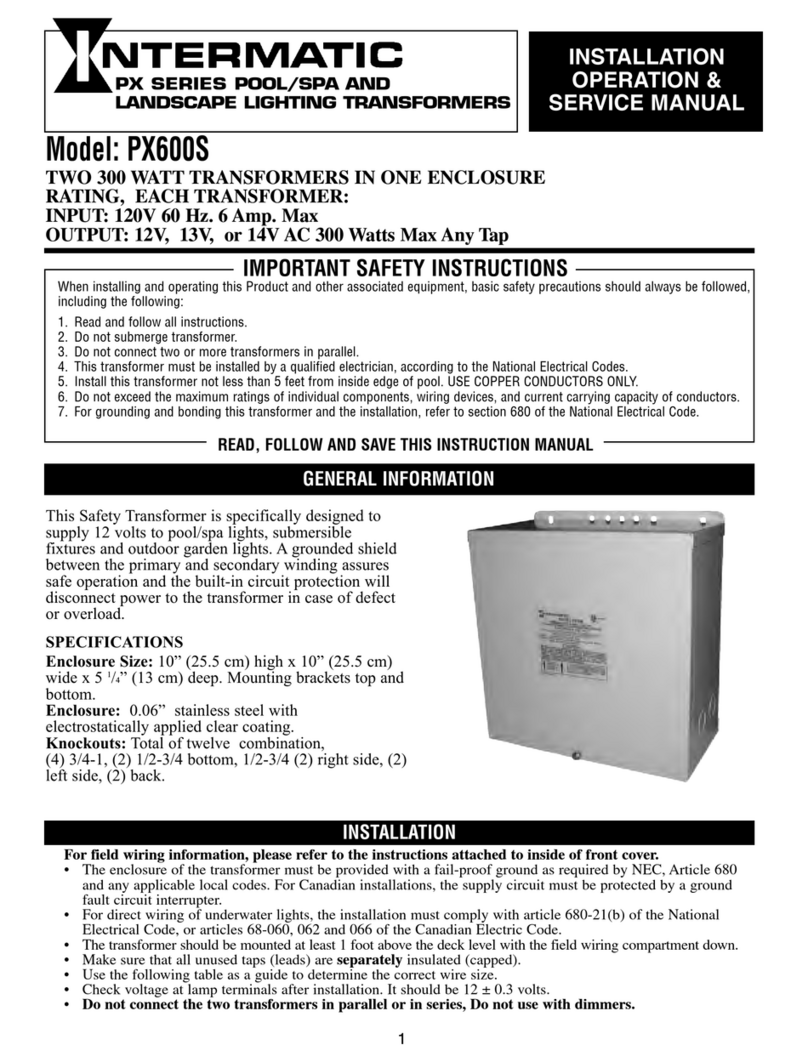Instruction Manual
© GE Grid Solutions 6
2. DESIGN AND CONSTRUCTION
2.1. Construction and primary circuit
The active part of the voltage
transformer is located below the
porcelain insulator and the current
transformer part above. The primary
circuit is short, rigid and straight,
minimizing heating. In addition, it
withstands electrodynamics forces
more easily, allowing high level
performance, related to
electrodynamics and thermal effects, in
a presence of short-circuit currents.
Primary series and parallel connections
with external links (for reconnection 1:2
or 1:2:4) or, if necessary, n-turn (more
than 4 turns) designs can be provided.
This arrangement allows also better
accuracy in transient conditions.
The primary terminals are directly
connected to the conductor.
Attention! Do not lift the unit at the
primary terminals or remove the
primary terminals!
2.2. Secondary circuit
Related to the CT’s active part, the
toroidal ferromagnetic cores are
manufactured either from very high
permeability grain-oriented steel or
from specialized alloys. In order to
achieve a satisfactory transient
behavior, protection cores can also be
provided with gaps.
All secondary windings are enclosed in
an aluminum box which protects them
against high frequency disturbances
while acting as a low voltage shielding
electrode. This aluminum box is
extended up to the base by an aluminum
tube which contains all secondary leads.
The cross section of the earth
connections is designed to support fault
currents.
The bottom of the hermetic and
watertight secondary terminal box is
closed by a fitted plate, with or without
cable gland depending on customer
requirements.
2.3. Paper-oil insulation
The active part of the transformer is
insulated by a vacuum impregnated
oil/paper system. Degassed and filtered
mineral oil is used and is heated before
filling to provide maximum
impregnation. It is an insulating oil with
excellent aging stability and gas
absorbing properties. It does not
contain any Polychlorinated Biphenyl
(PCB).
2.4. Oil volume compensation system
To protect the oil from the environment,
the CT head is sealed by a metallic
bellows. The bellows assembly provides
pressure compensation for temperature
variation and allows the transformer to
work virtually free of over-pressure.
The bellows resists aging and corrosion.
IF THE HERMETIC SEAL OTHER THAN
DURING OIL SAMPLING IS BROKEN,
CONTACT THE MANUFACTURER
IMMEDIATELY.
An oil level indicator is provided and is
scaled to show the oil level over the

